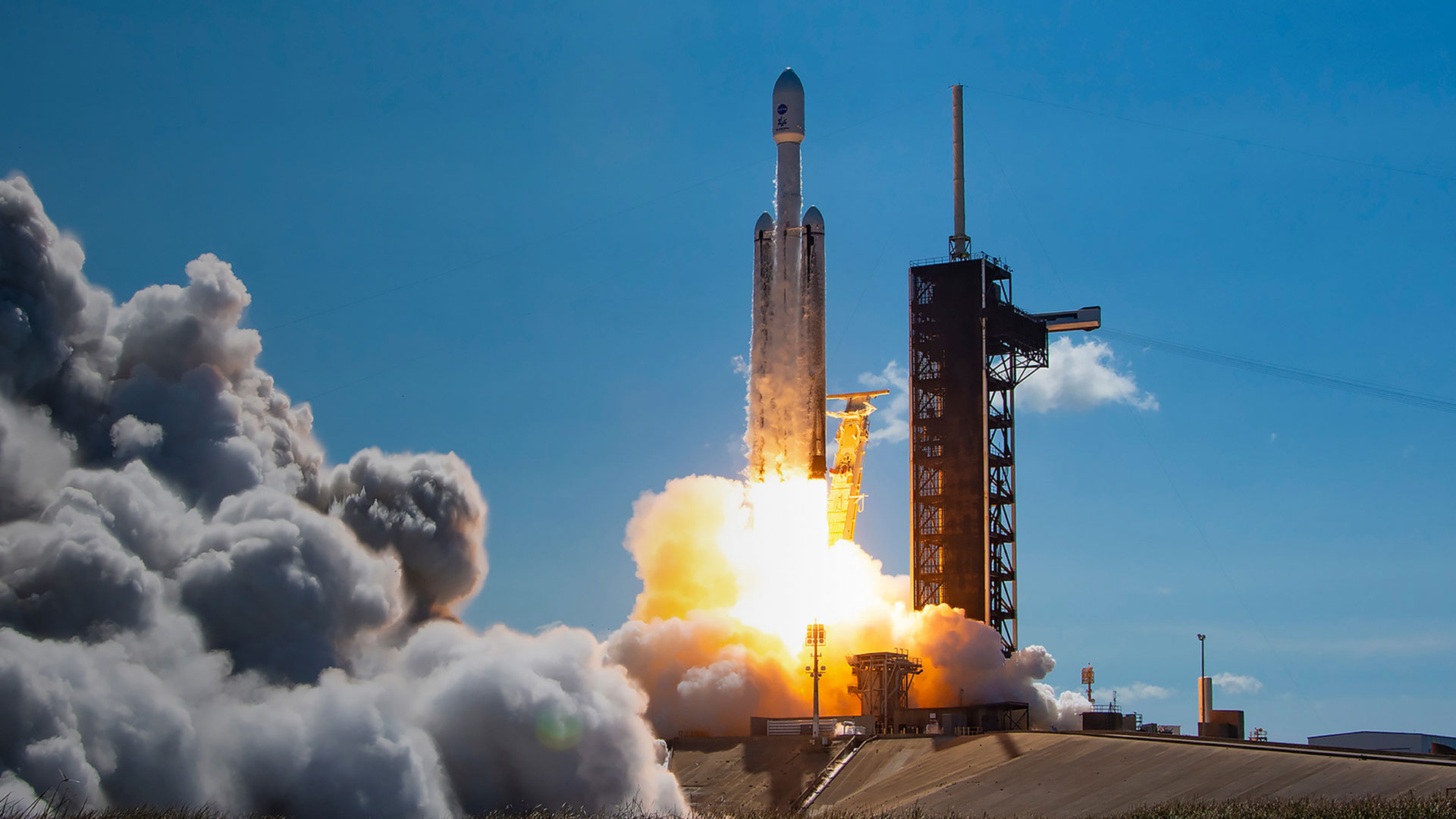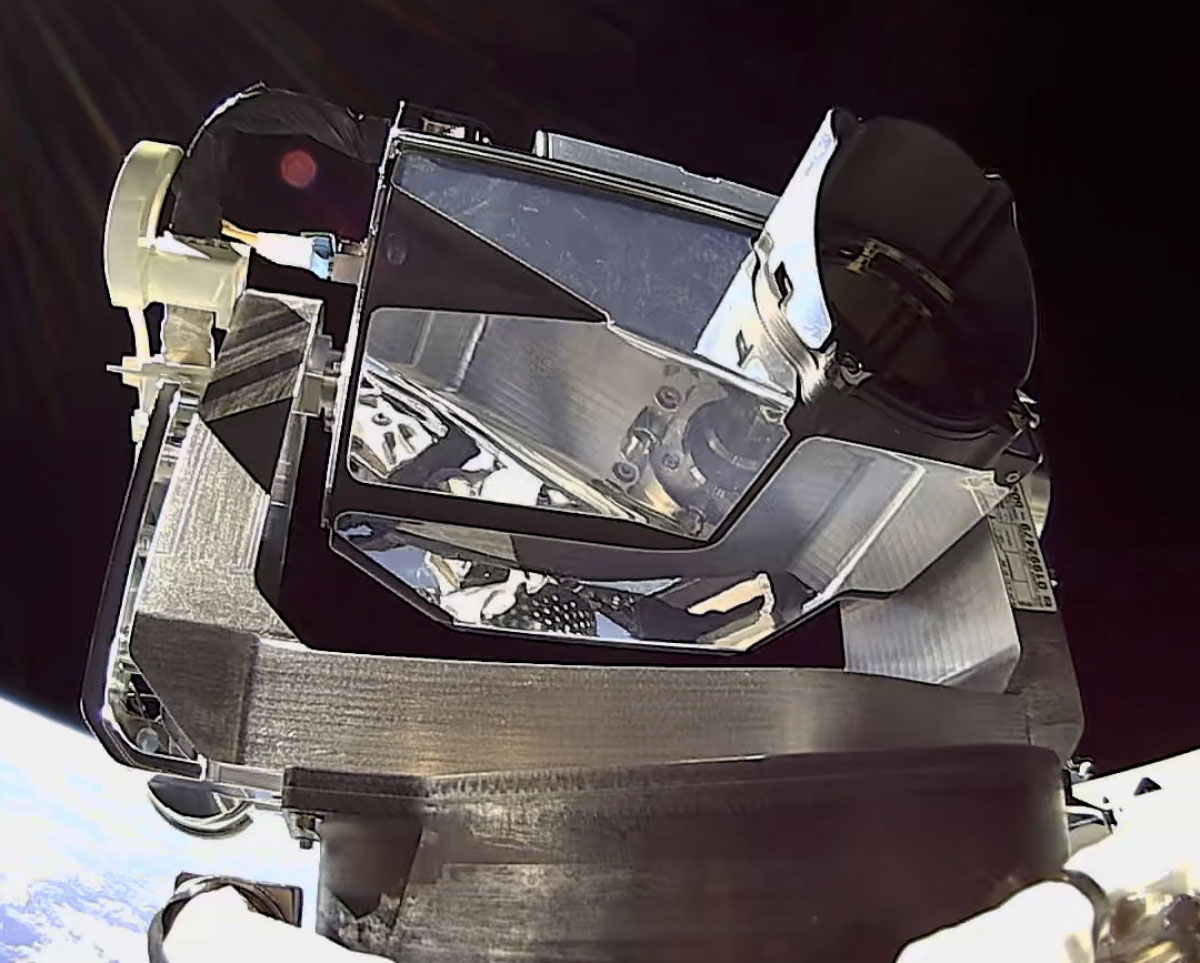Concerns grow after spate of social media posts showing SpaceX Starlink satellites burning in the sky — we are currently seeing a ‘couple of satellite re-entries a day,’ says respected astrophysicist
Starlink satellites are designed to completely burn up upon reentry, but every few months there are news reports about space debris impacting Earth.

A recent episode of EarthSky highlights the growing risk of satellites, from the increasingly crowded skies, falling to Earth. Key points covered in the video, embedded below, are that there are now around 20,000 objects tracked orbiting the Earth. Of these, 12,000 are working satellites, including 8,000 that form SpaceX’s Starlink constellation. In 2025, we are seeing a “couple of satellite re-entries a day,” with things only going to get worse, while several companies/nations have plans for thousands more satellites.
Host Dave Adalian ruminated on the topic of overcrowded skies with Jonathan McDowell, currently staff scientist at the Harvard–Smithsonian Center for Astrophysics.
Adalian put it to McDowell that a spate of social media posts showing Starlink satellites burning in the skies shows there is a growing risk from satellite debris. The storied astrophysicist didn’t brush off the host’s concerns as unfounded and agreed, “it's getting pretty busy up there.” He measuredly explained that the risks today, especially from Starlink satellites, are low. However, McDowell called for some kind of global regulation and coordination to keep us Earth dwellers safe.
How crowded is LEO?
As noted, there are currently have about 12,000 satellites up in LEO (Low Earth Orbit), around 8,000 of which are Starlink.
Other than these, there are a growing number of satellites from Western firms like Amazon. Jeff Bezos’ rockets have put ~100 into space, with thousands more planned. Another Western firm, ESpace, is reportedly yet to get its satellite roster into double figures, but has posted filings indicating it wants several hundred thousand satellites in LEO.
Then there are nations like China, which want an independent communications system in orbit. One Chinese company has already launched over 100 satellites. It is thought China is likely to contribute tens of thousands more to the skies in due course.
In the same or similar orbit, McDowell notes there are also about “a million centimeter-sized fragments” that are not tracked.
Get Tom's Hardware's best news and in-depth reviews, straight to your inbox.
Why are satellites failing / falling?
According to the astrophysicist being interviewed, a commercial satellite will work as intended for a median of about five years. Then they are retired, and their orbits are lowered. Eventually, the atmosphere drags them in the rest of the way, before they re-enter “at an unpredictable location.” The bad thing is, they can and do sometimes drop debris over a populous area…
Kessler Syndrome
In the 70s, scientist Don Kessler warned that too many satellites in a similar orbit could cause a chain reaction of collisions and debris, causing further collisions. McDowell said that with all the mega constellations planned, and an unexpected big radiation event (for example), things “could get bad very quickly.” Moreover, there is a risk of this chain reaction being sparked by old space-age debris falling from higher orbits.

Starlink satellites are probably safer than some others
As for SpaceX Starlink heavenly bodies, McDowell explained that these comms satellites are typically 30m in length (~100ft) and weigh up to a ton. You wouldn't want one of these landing in your backyard, but they are designed to completely burn up on reentry. It is possible that some small stray components/material might end up hitting Earth, though.
The astrophysicist said that you can usually tell the difference between a meteor and a satellite in the night sky, as fast-moving fireballs are usually meteors, but those moving “in a more stately way” are likely satellites breaking up. This breakup and burning takes place from about 40 miles up – 4x higher than a plane, and much faster.
This contrasts with some recent Chinese space junk atmosphere re-entry examples. It is easy to find several examples of ‘carelessness’ by China, like this and this, which will make you hope that China signs up to any upcoming agreements about LEO satellites.
Follow Tom's Hardware on Google News, or add us as a preferred source, to get our up-to-date news, analysis, and reviews in your feeds. Make sure to click the Follow button!

Mark Tyson is a news editor at Tom's Hardware. He enjoys covering the full breadth of PC tech; from business and semiconductor design to products approaching the edge of reason.
-
ZAP!! Elon the Angry Incel is going to be the cause of Kessler Syndrome. When that happens, we might not be able to send anything into orbit or further ever again.Reply -
usertests Reply
Except that Kessler Syndrome isn't applicable to satellites that are at such a low altitude. They are designed to burn up if they run out of propulsion.ZAP!! said:Elon the Angry Incel is going to be the cause of Kessler Syndrome. When that happens, we might not be able to send anything into orbit or further ever again. -
JamesJones44 Beyond falling into someones yard or landing on someones head, how much damage would be cause if say some of the debris collided with an airplane mid flight.Reply -
USAFRet Reply
Anything from "WTF was that? hmm....time to land." to actual crash and destruction.JamesJones44 said:Beyond falling into someones yard or landing on someones head, how much damage would be cause if say some of the debris collided with an airplane mid flight.
But the possibility of that is tiny. -
BTM18 Headline should read:Reply
Nazi satellites burn up across the globe, releasing their toxic payload.
And no one cares. -
Notton When it comes to Elon and space, you should be more worried about those SpaceX starships exploding.Reply
I want to say it happened back in March 2025, but looking at the news, it also happened in January 2025.
Both of which caused major disruptions to air traffic as they had to divert around the debris field the size of... the entire Caribbean islands. -
zsydeepsky Reply
Starlink satellite stays in an orbit (550km) above the International Space Station & China Space Station (~420km)usertests said:Except that Kessler Syndrome isn't applicable to satellites that are at such a low altitude. They are designed to burn up if they run out of propulsion.
just saying. -
usertests Reply
The ISS will be gone within around 6 years, never to be replaced.zsydeepsky said:Starlink satellite stays in an orbit (550km) above the International Space Station & China Space Station (~420km)
just saying.
The Tiangong astronauts may have to play Frogger. But before any Starlink satellites can create a hypothetical risk, there's actual debris even higher up from China destroying their FY-1C satellite with an anti-satellite weapon. -
WMcMaster There are over 8k starlink satellites in orbit so this is beyond tiny and planned. For anyone worried about debris, these units are burning up in LEO, leaving zero debris in orbit.Reply -
ingtar33 Reply
i get hating elon but starlink satellites cannot cause kessler syndrome. they're basically kissing the atmosphere at their altitude already. the moment they're out of propulsion or fail they'll fall from orbit and reenter. they're designed to burn up on reentry.ZAP!! said:Elon the Angry Incel is going to be the cause of Kessler Syndrome. When that happens, we might not be able to send anything into orbit or further ever again.
you'd need to be much higher then the ISS to create Kessler syndrome. this is why no one is particularly concerned about it... yet. (the ISS is about at the upper limits of the atmosphere, and would fall out of the sky due to resistance slowly bleeding speed if it weren't constantly repositioned to maintain it's orbit. it's basically strattling the line between permanent orbit (anything up there can cause kessler syndrome) and temporary orbit (anything lower will eventually have it's orbit degrade and fall into earth)